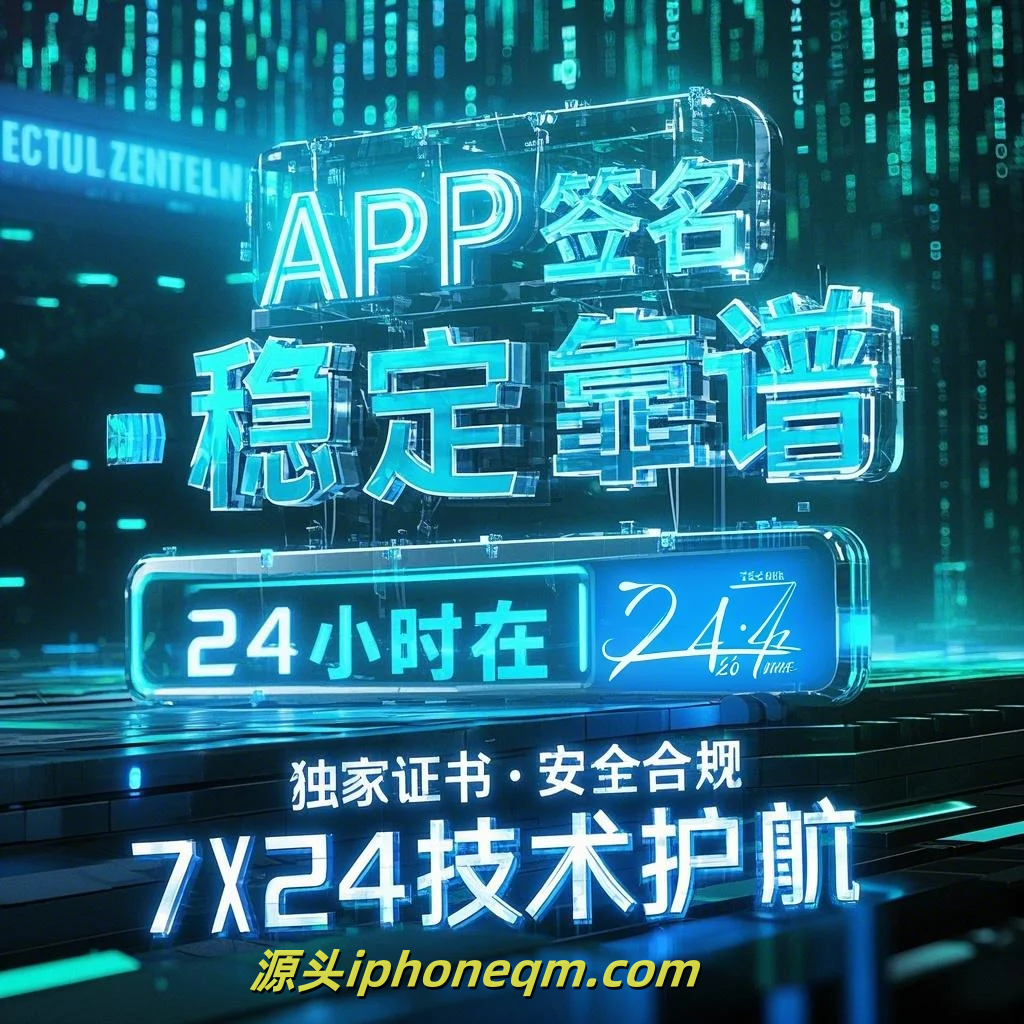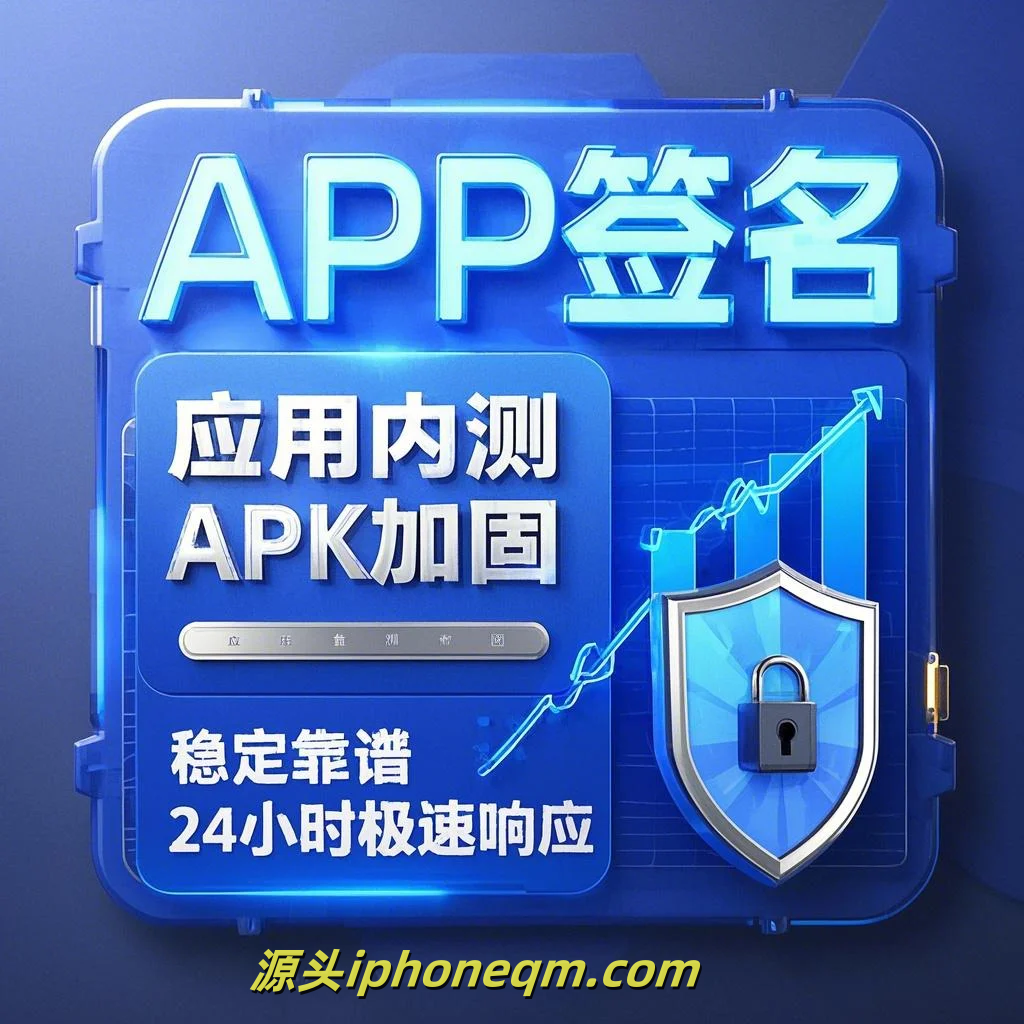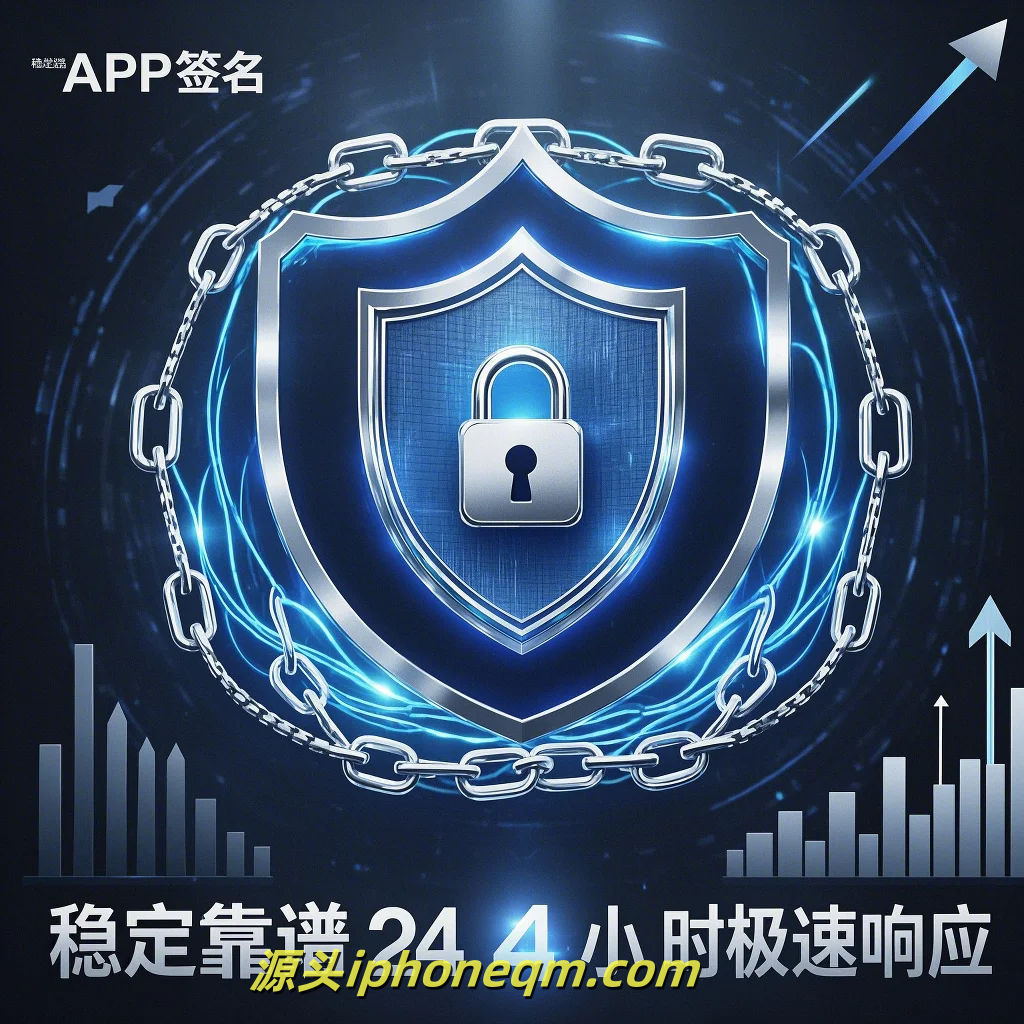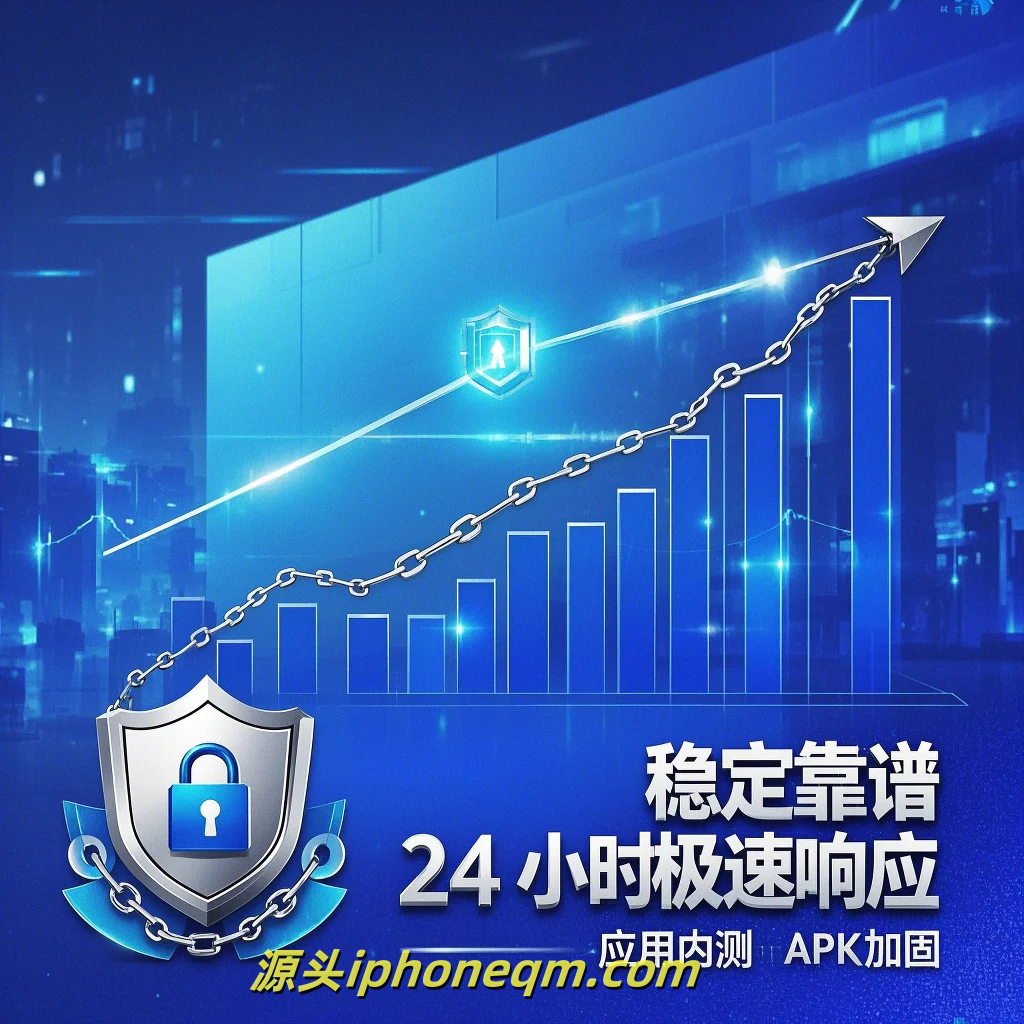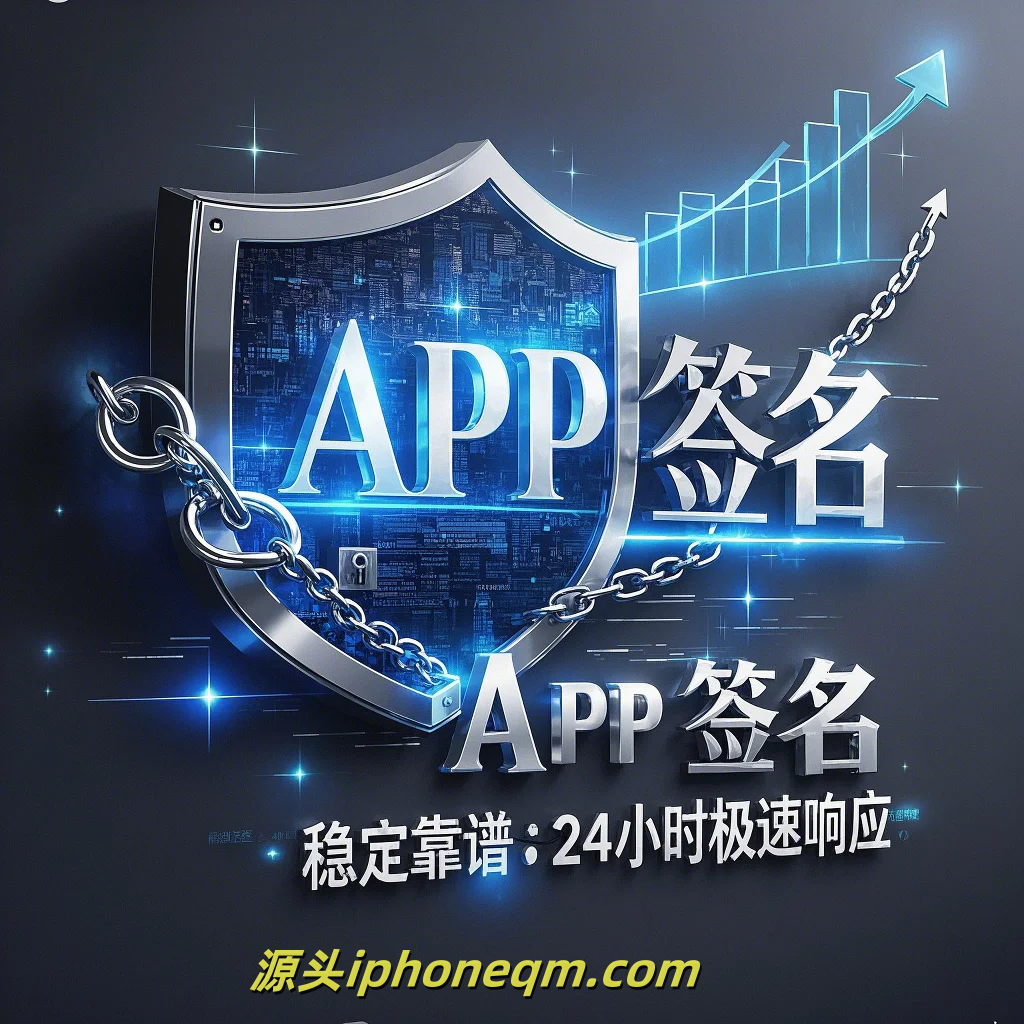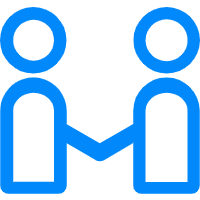Apple signing is a crucial aspect of how Apple maintains the integrity and security of its iOS devices and applications. However, there are many misconceptions surrounding this topic, especially among users outside the Apple ecosystem. In this article, we will clear up some common misunderstandings about Apple signing.
First and foremost, one of the biggest misconceptions is that Apple signing is solely about preventing unauthorized apps from running on devices. While it is true that signing ensures that only trusted applications can be installed, it also plays a significant role in protecting users from malicious software. By requiring apps to be signed by a verified developer, Apple can better control the quality of the software available on its platforms, making it safer for users.
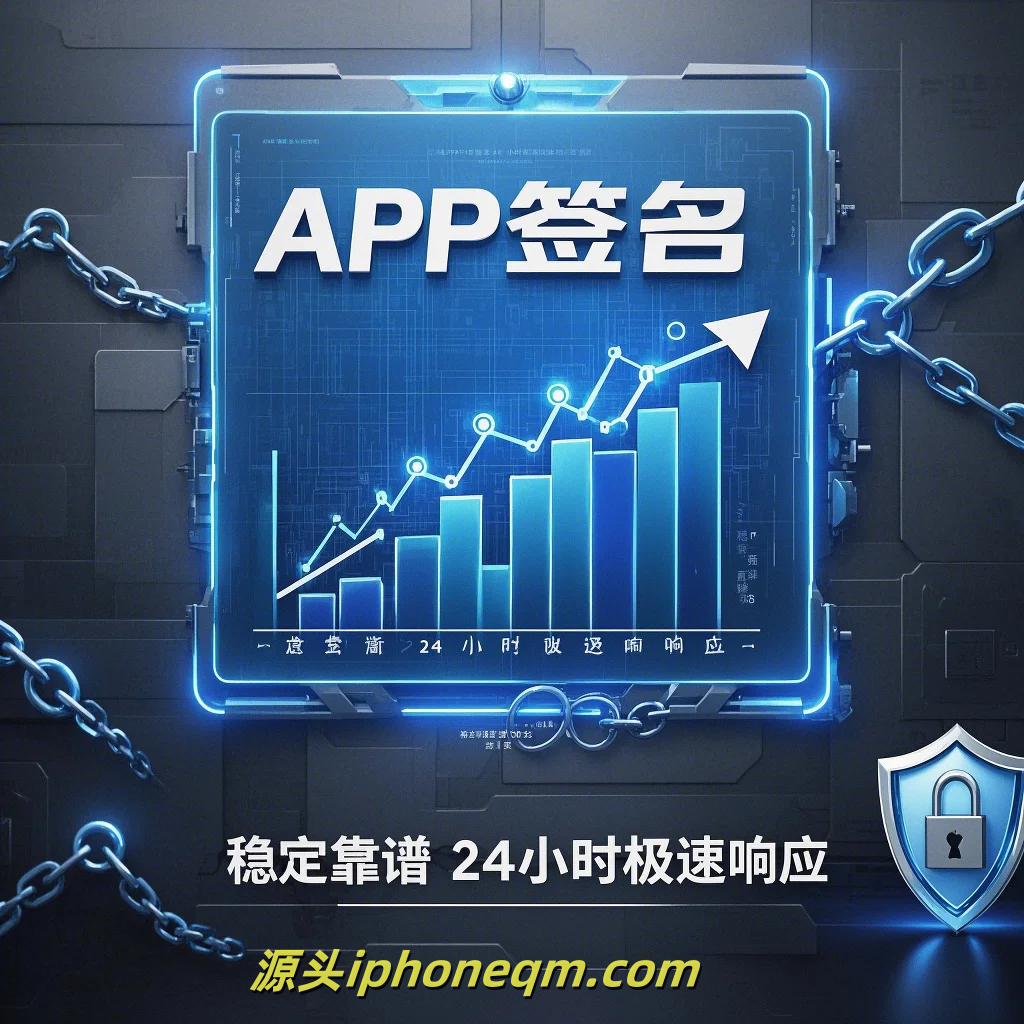
Another frequent misunderstanding is that once an app is signed, it remains valid indefinitely. This is not the case. Signed apps have a limited validity period. For instance, in the case of iOS applications, the signing certificate may expire, or the provisioning profile could become invalid. Once this happens, users may find that the app can no longer be opened, leading to confusion and frustration. It is essential for developers to keep track of their certificates and profiles to ensure their apps continue to function smoothly.
Moreover, some people believe that Apple cannot revoke a signed app after it has been distributed. This misconception is far from the truth. Apple retains the authority to revoke apps that violate its policies or pose security threats. If a developer is found to be engaging in malicious activity or if an app is discovered to have harmful bugs, Apple can and will revoke the signing status of that app, effectively rendering it unusable. This is a protective measure for users but often leads to panic among affected developers.
Another area of confusion is the notion that jailbreaking an iPhone is a way to bypass Apple signing restrictions. While jailbreaking does allow users to install unsigned applications, it comes with significant risks. Jailbreaking can expose devices to malware and other security vulnerabilities, negating the very safety that Apple signing seeks to ensure. Furthermore, devices that are jailbroken may not receive updates from Apple, leaving users with outdated software and, potentially, security exploits.
Additionally, it's a common belief that signing only relates to apps and not to system updates or device firmware. In fact, Apple also signs its iOS updates and firmware to verify their integrity. This process prevents unauthorized or compromised updates from being installed on devices. Hence, even the system software follows strict signing procedures, which is crucial for maintaining a secure environment for all users.
Lastly, a prevalent myth is that Apple signing is a hindrance to developers. Although it may seem restrictive, the signing process is fundamentally about fostering a secure app ecosystem. It helps developers gain user trust, as they can assure users that their applications are protected and verified by Apple. In reality, this protection can lead to greater adoption rates and user satisfaction.
In conclusion, understanding Apple signing is essential for both users and developers. By dispelling these common misconceptions, we gain a clearer perspective on how Apple prioritizes security while still supporting a vibrant app ecosystem. Whether you are an avid iPhone user or an aspiring developer, appreciating the nuances of Apple signing can help you navigate the platform more effectively and securely.
扫描二维码推送至手机访问。
版权声明:本文由MDM苹果签名,IPA签名,苹果企业签名,苹果超级签,ios企业签名,iphoneqm.com发布,如需转载请注明出处。

